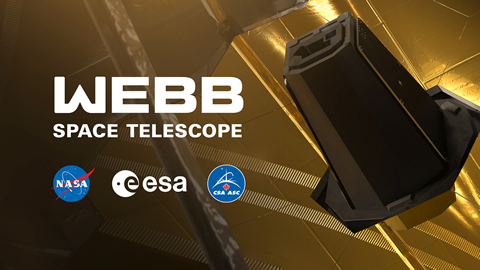The CMB, Cosmic Microwave Background Radiation, is our strongest evidence of the Big Bang. It's everywhere in the observable universe, which tells us that all the matter/energy in the universe was in the same spot 13.8 billion years ago.
“But here’s the thing: that light is
everywhere. That light — the light that we observe as making up the CMB — was emitted from all points in the Univers, everywhere, all at once, some 13.8 billion years ago. The light that was emitted from our location has been travelling away from us at the speed of light for the past 13.8 billion years, and owing to the expansion of the Universe, is now some 46 billion light-years away from us.
medium.com/starts-with-a-bang/ask-ethan-why-doesnt-the-afterglow-of-the-big-bang-eventually-fade-away-162c8ebf1281
“But before those photons arrived, there were photons arriving from slightly closer locations. And after those photons are done arriving, they’ll be replaced by photons that are arriving from locations that are slightly further away. This will continue for all eternity, as while both the number density and energy of these photons will continue to drop, they’ll never go away completely. The Big Bang filled the entire Universe with this omnidirectional bath of radiation. As long as we exist in this Universe, the Big Bang’s leftover glow will always be with us.”





/cloudfront-us-east-2.images.arcpublishing.com/reuters/67MTA37A3JNNBHD3B72ZBHVL74.jpg)

